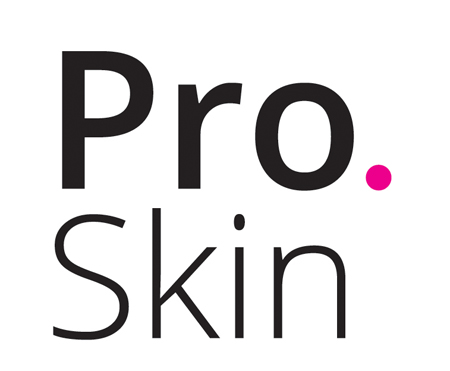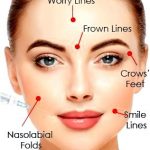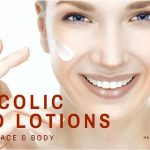 and drug administration approved such usage within the late 1980s if this is discovered that BOTOX® could stop ailments for example blepharospasm (out of control blinking) and strabismus (lazy eye). Cosmetic physicians have used BOTOX® for a long time to effectively treat wrinkles and facial creases. BOTOX® qualifies to treat frown lines around the brow, crow’s ft (lines round the eye), and axillary hyperhidrosis (elevated sweating from the armpits). In the past couple of years, new items which have similar formulations happen to be introduced in to the U.S. market and also have been well-received by patients.
and drug administration approved such usage within the late 1980s if this is discovered that BOTOX® could stop ailments for example blepharospasm (out of control blinking) and strabismus (lazy eye). Cosmetic physicians have used BOTOX® for a long time to effectively treat wrinkles and facial creases. BOTOX® qualifies to treat frown lines around the brow, crow’s ft (lines round the eye), and axillary hyperhidrosis (elevated sweating from the armpits). In the past couple of years, new items which have similar formulations happen to be introduced in to the U.S. market and also have been well-received by patients.
We’ll make reference to the contaminant as BOTOX® from now on, but please realize that including all the formulations:
- BOTOX®: OnabotulinumtoxinA
- Dysport®: AbobotulinumtoxinA
- Xeomin®: IncobotulinumtoxinA
So how exactly does BOTOX® work?
BOTOX® blocks the signal in the nerve towards the muscles. The injected muscle can’t contract (tighten) as forcefully, which in turn causes the wrinkles to unwind and soften.
BOTOX® may be used around the brow lines, frown lines, crow’s ft, bunny lines (lines within the nose), face (for dimpling), skin bands around the neck, and round the mouth (for smoker’s lines and lower-switched corners from the mouth). Wrinkles brought on by sun-damage and gravity frequently won’t react to BOTOX®. You should re-highlight that BOTOX® isn’t a facial filler (that’s, it doesn’t fill existing wrinkles) – it just relaxes your muscle mass which are creating individuals wrinkles.
Resourse: https://my.clevelandclinic.org/health/treatments/
 Proskin Clinics
Proskin Clinics 
